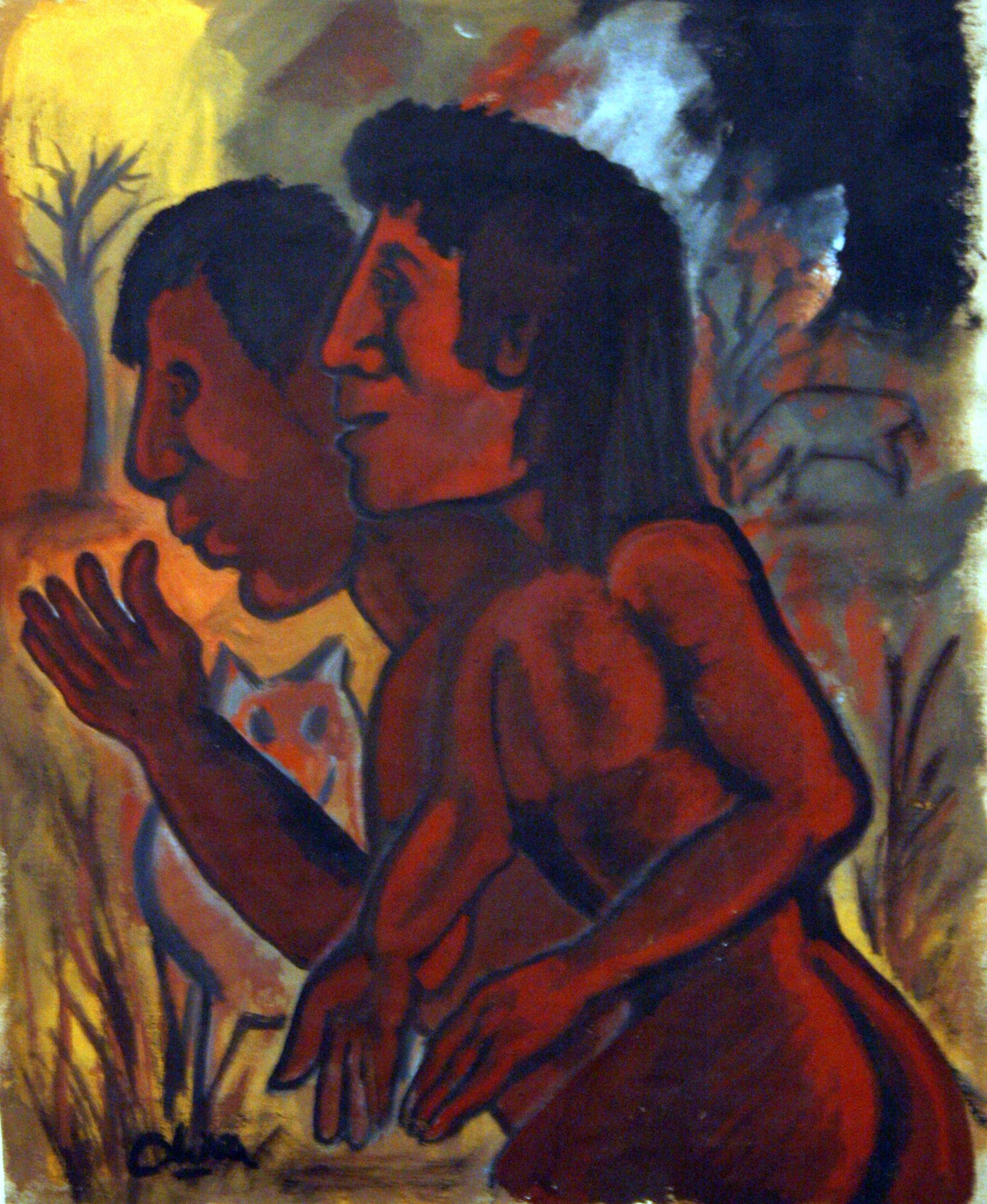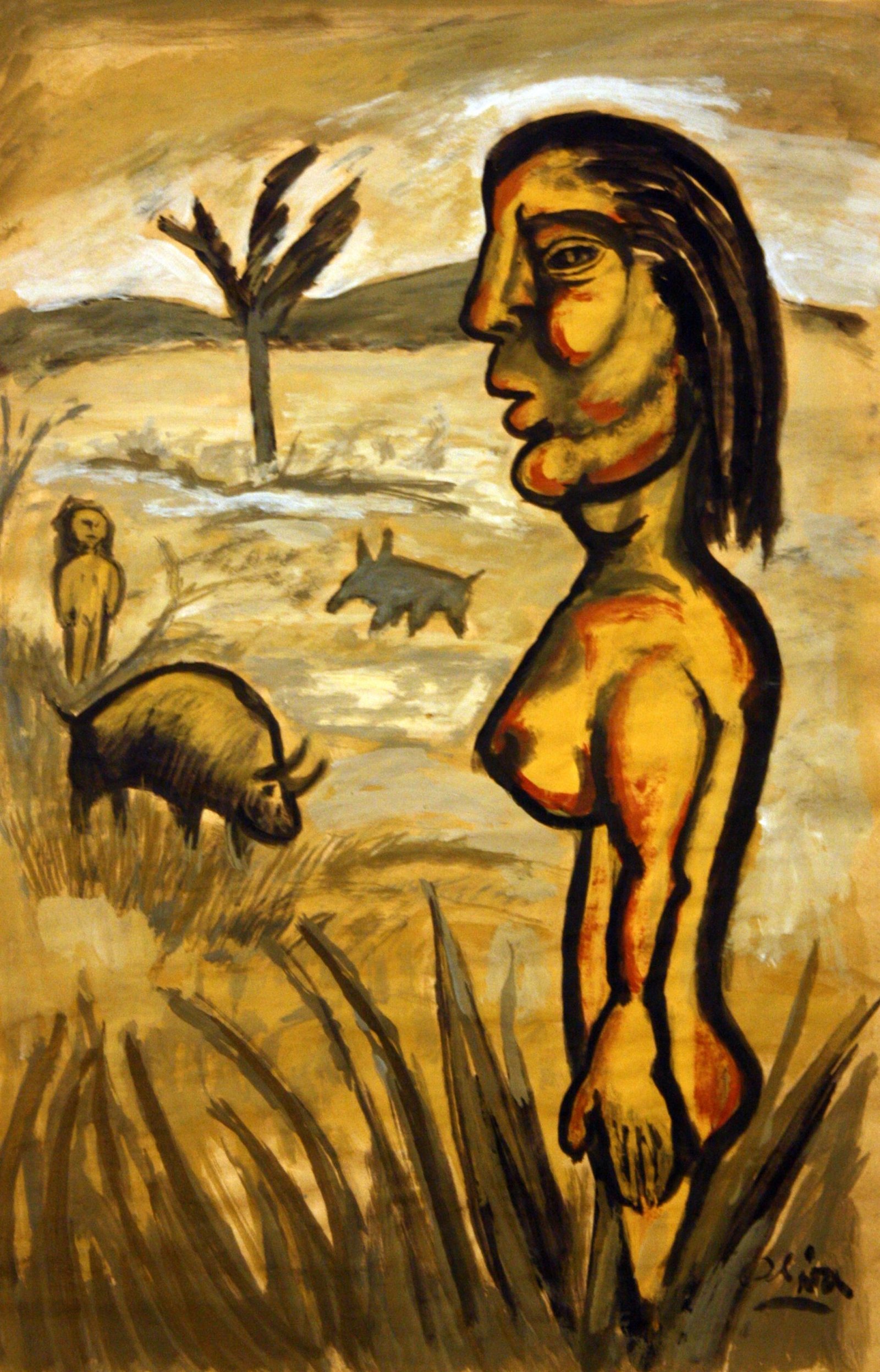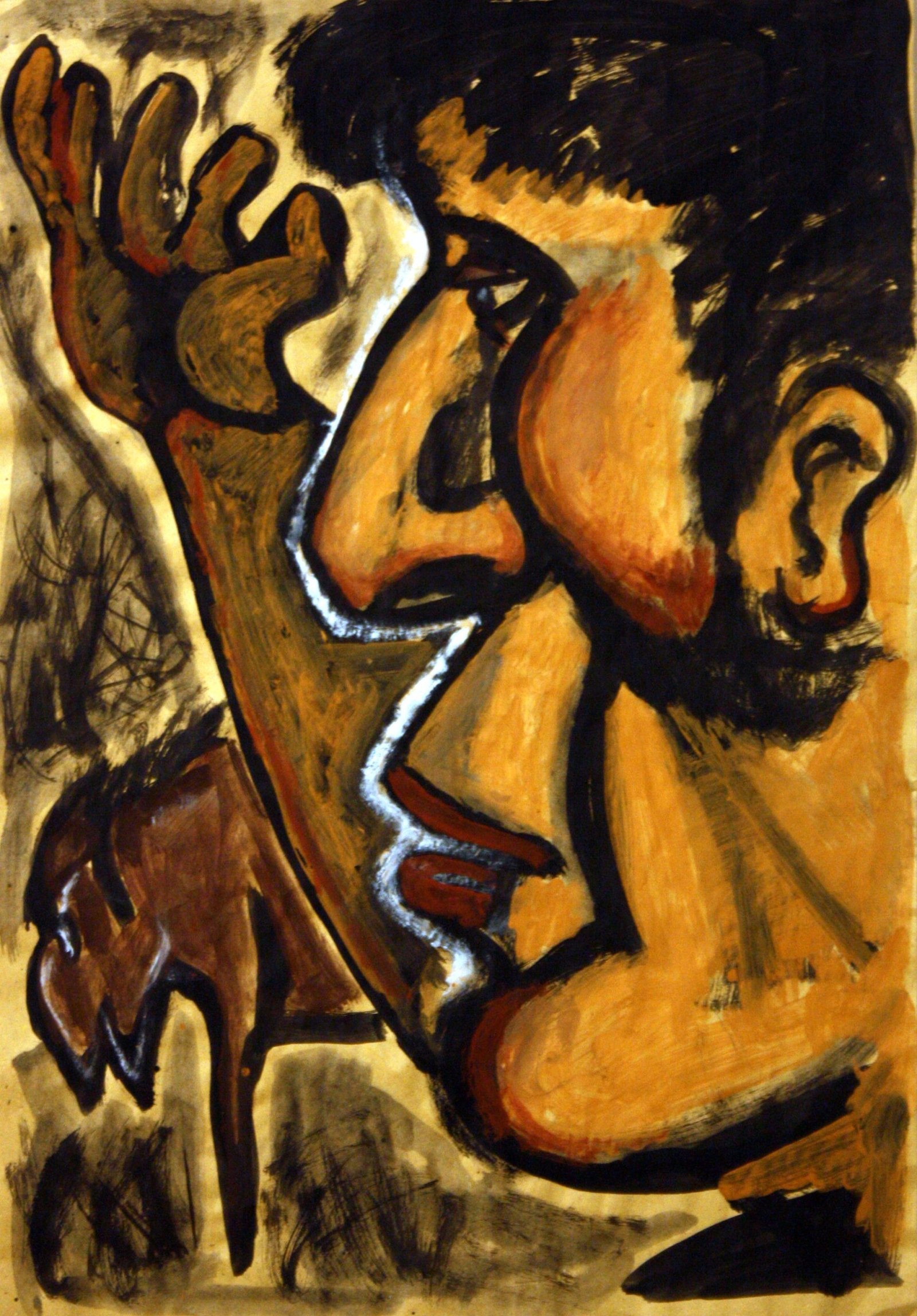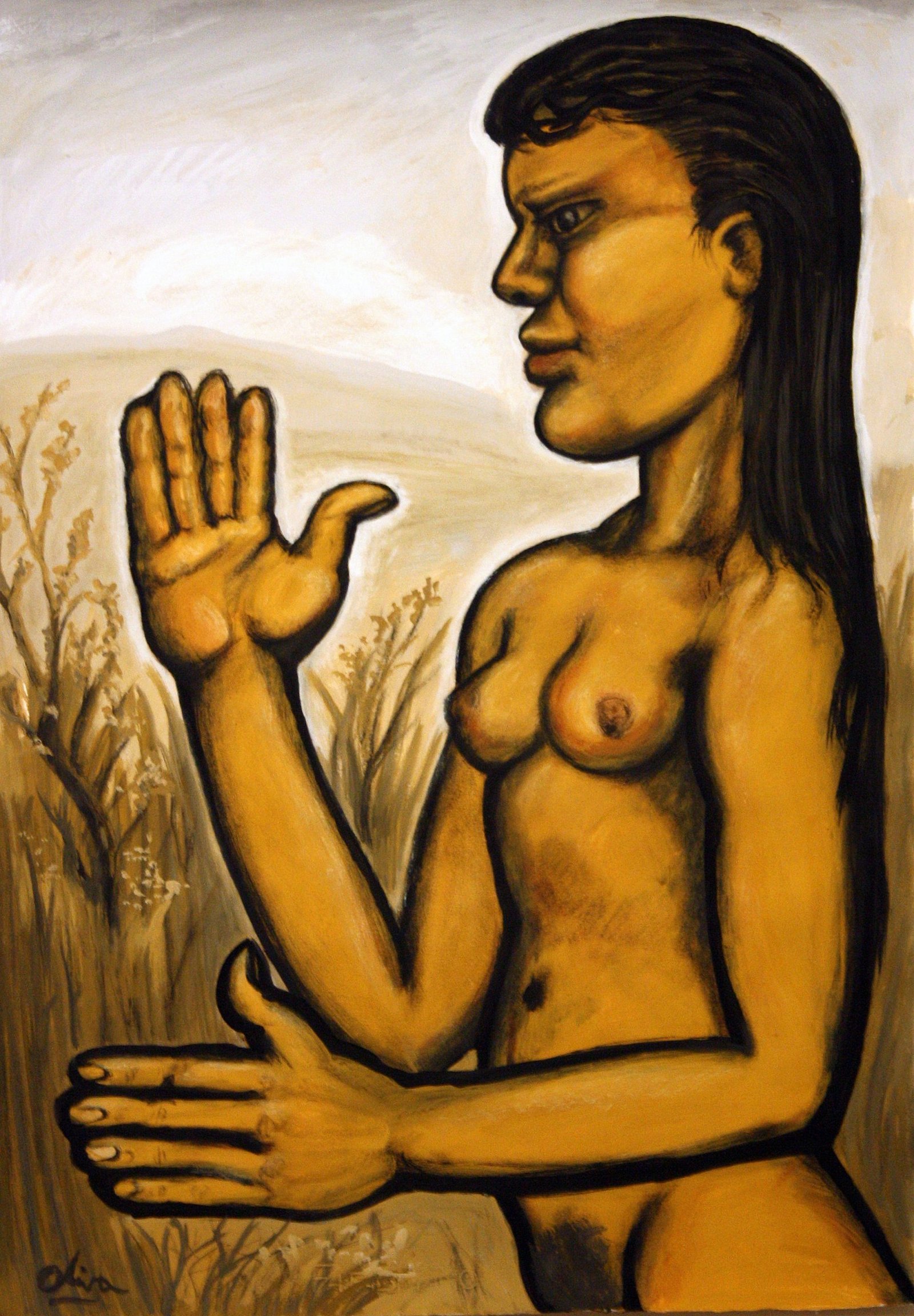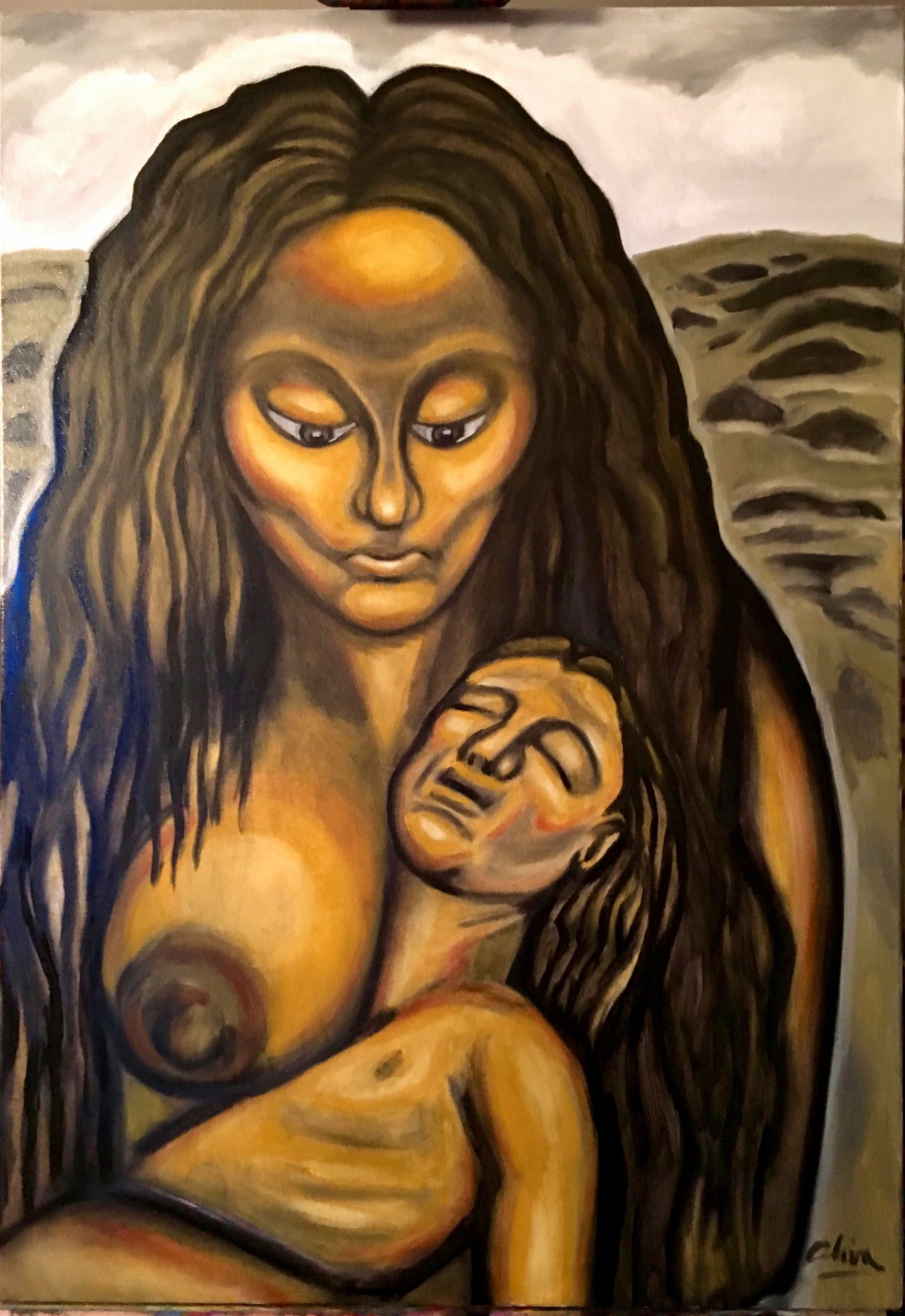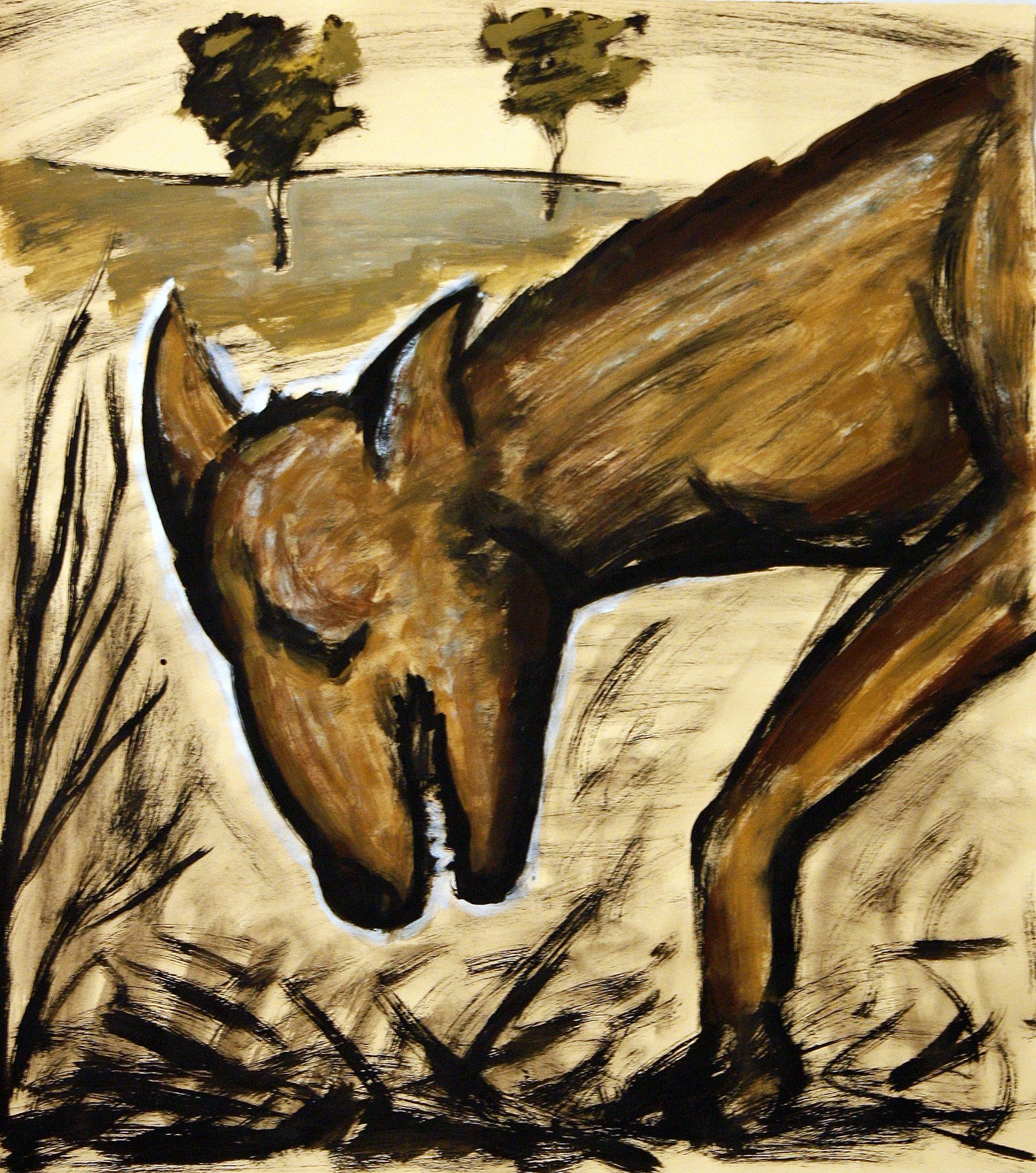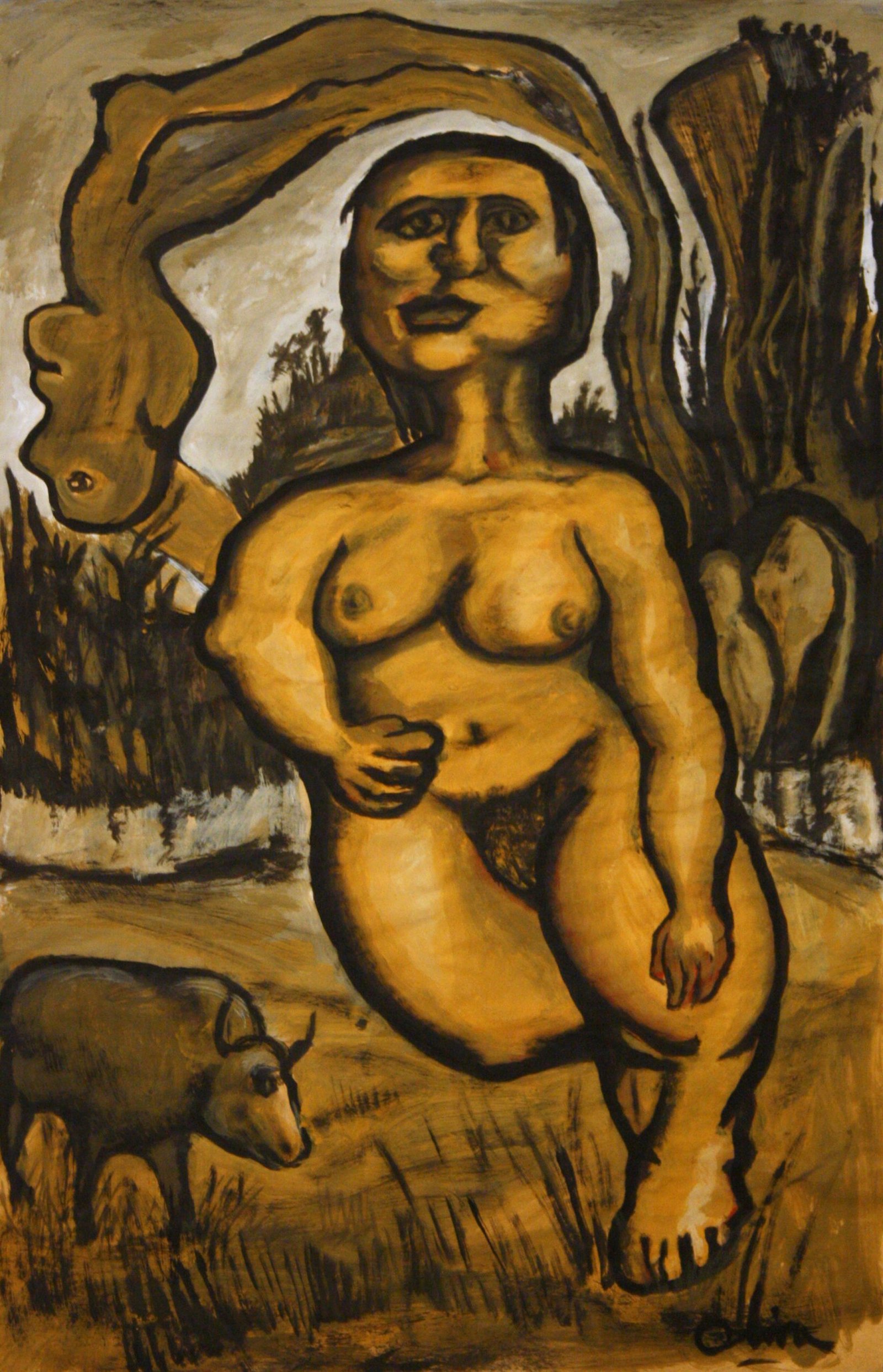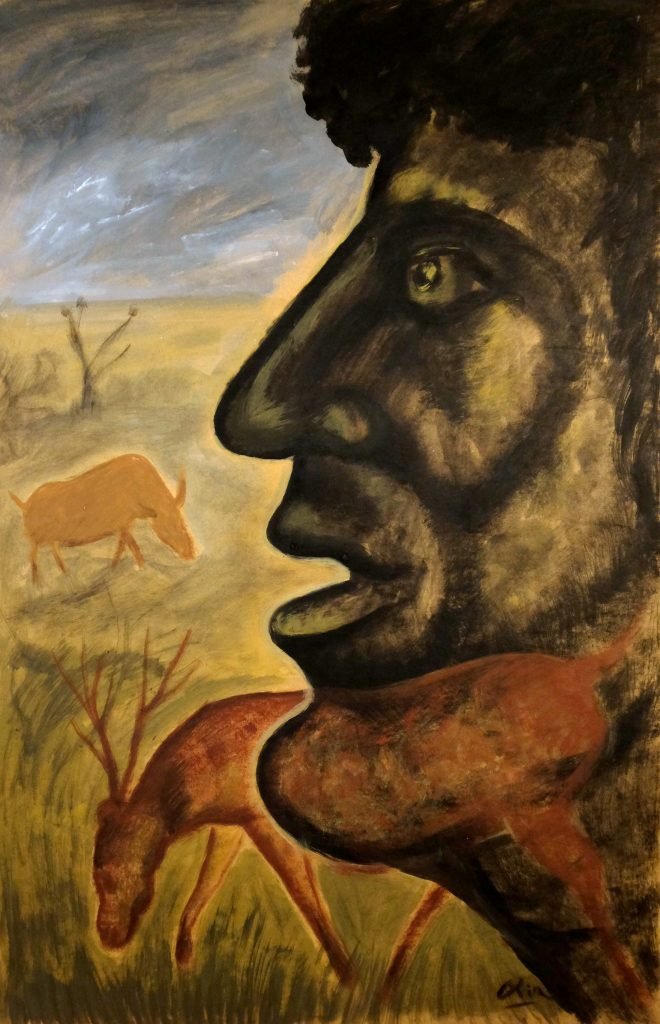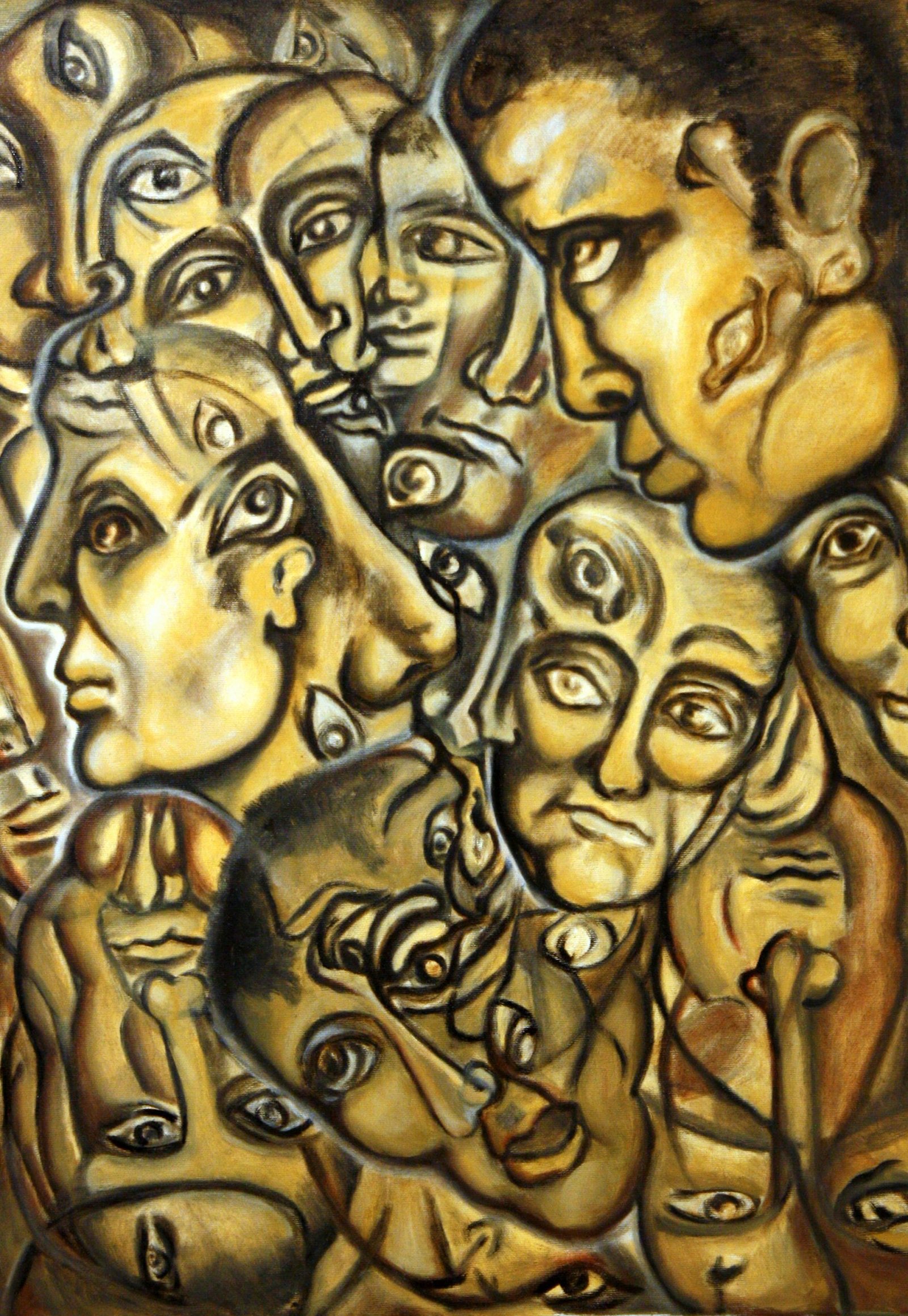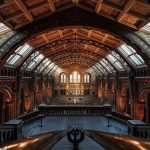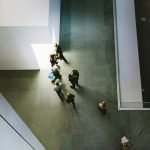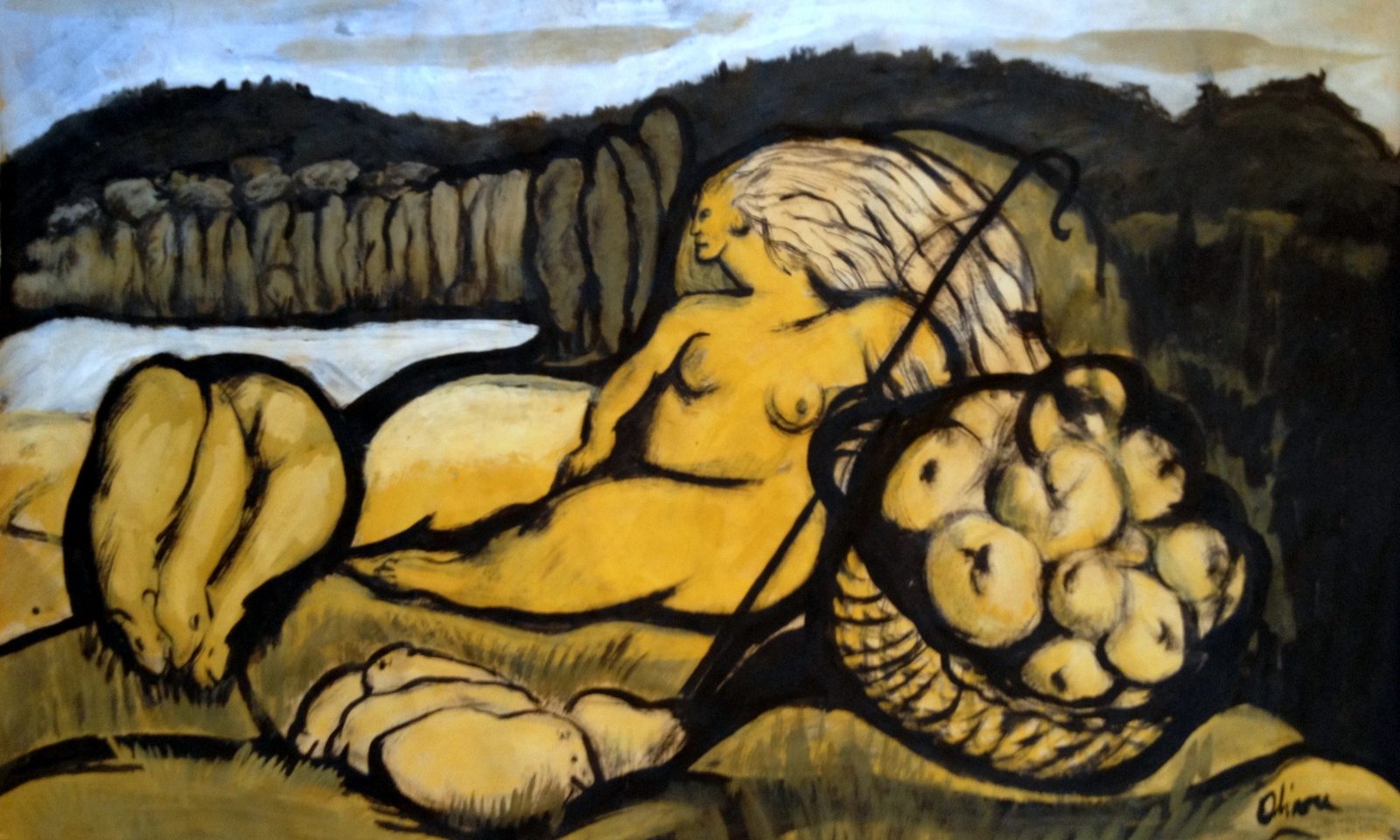
In 2011, I traveled to France, to Ardèche, in Vallon-Pont-d’Arc, where I witnessed the rock art of the Chauvet Cave, discovered in 1994 by the spelunker and photographer Jean-Marie Chauvet.
A revelation from the past. A new beginning. The need for a non linear analysis of history of art. A parallel road. A lost branch. A non contaminated observation of reality.
“Art Before Art” is a collection of works that presents itself as a revelation from the past and a fresh beginning in the realm of art. This extraordinary compilation calls for a non-linear view of art history, offering a parallel path, a lost branch that invites us to explore an uncontaminated approach to observing reality. These artworks challenge traditional conventions and urge us to reconsider our way of seeing and interpreting the world around us.
With “Art Before Art,” the artist takes us on a captivating journey in search of new perspectives and an innovative dialogue with artistic heritage. This collection invites viewers to immerse themselves in a unique experience and challenge pre-existing notions, opening the door to a more liberated and original observation of both reality and art itself.
The dialogue established between the prehistoric painter and the contemporary one is direct; they speak the same language.

In 2011, I traveled to France, to Ardèche, in Vallon-Pont-d’Arc, where I witnessed the rock art of the Chauvet Cave, discovered in 1994 by the spelunker and photographer Jean-Marie Chauvet. The cave contains over 500 cave paintings dating back 32,000 to 36,000 years ago. I was struck to see that Upper Paleolithic humans were already familiar with the techniques of chiaroscuro, perspective, and movement.Back then, the approach to creating and analyzing form was markedly different from the linear historical development that unfolded later. As a painter, I grasped the gestures of various primitive painters and periods within that cave, and I was captivated by them. I read these gestures, appropriated them, and incorporated them into my works, extrapolating them to where one could have arrived through another path.
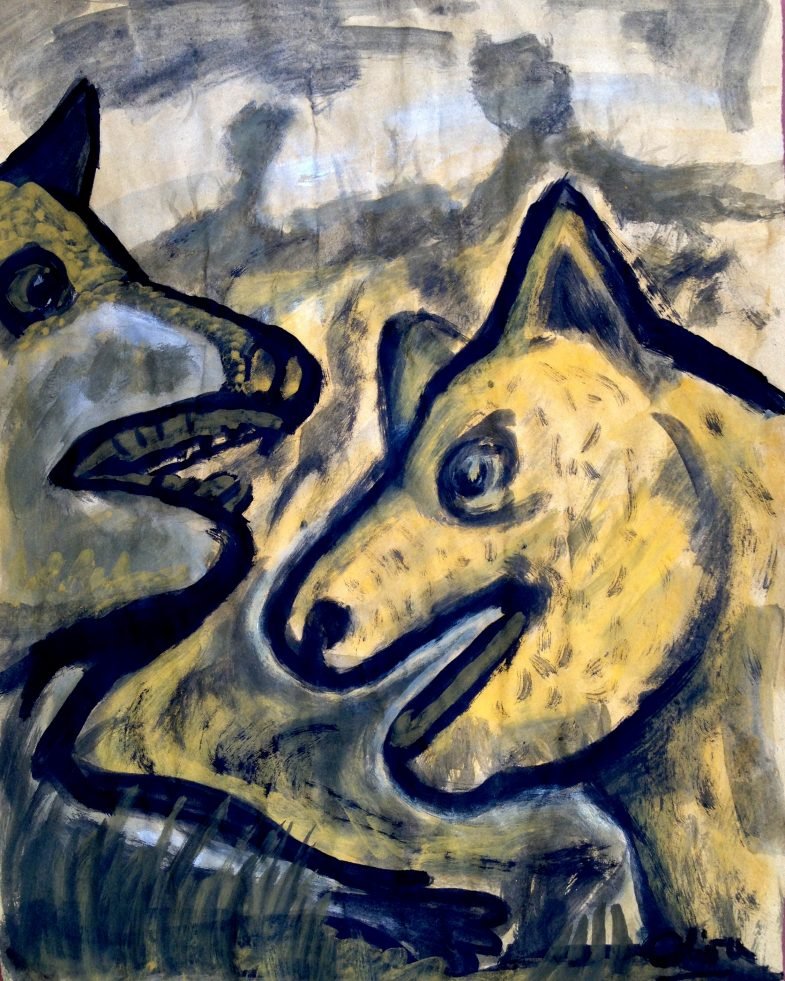
The dialogue established between the prehistoric painter and the contemporary one is direct; they speak the same language. Painting, not being subject to a semantic code, not only communicates universally without translation but also transcends time. The artist today can engage in a direct conversation with the artist who created the drawing thousands of years ago, and thus, the artist of today can be read in the future. This is the privilege of painting and drawing.
In pictorial art, one cannot speak of a true evolution of the method of creating art but rather a difference found in the type of general knowledge that the artist possesses at that moment and the choice of more contemporary materials.
Means such as drawing, perspective, movement, chiaroscuro, expressiveness are timeless universal elements. These elements have slight variations based on the mathematical and geometric knowledge of the artist of the moment, although these knowledge nuances don’t make much difference in the work itself since geometry, mathematics, or anatomy are used only as needed—they are not a predominant factor in art but an accessory element (as already demonstrated by artistic avant-gardes from the 19th to the 20th century).
These artworks challenge traditional conventions and urge us to reconsider our way of seeing and interpreting the world around us.
The need for a non linear analysis of history of art.
Other factors such as composition, proportions, aesthetics vary according to culture, time, and geographic space.These factors are more conditioned by historical, social, and geographical circumstances, which vary according to linear historical evolution. Therefore, style, manner are choices made based on habits and conditioning—they are concepts and as concepts, they will be incomprehensible outside of such contexts.
After my initial work on the Chauvet Cave, I believe it is time for a dialogue between prehistoric and contemporary reality. This is why some of my recent works contain an adaptation to modern life.


